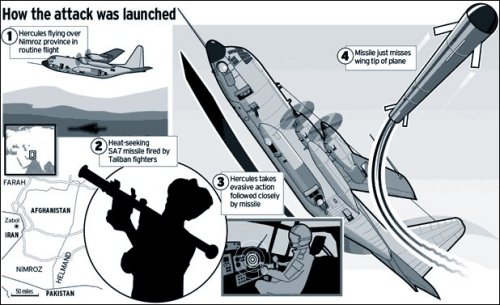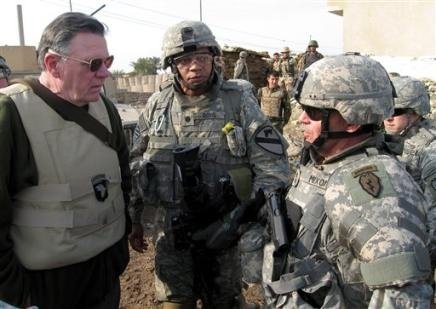
New York Sen. Charles E. Schumer, a powerful member of the Democratic leadership, said Friday the Senate should not confirm another U.S. Supreme Court nominee under President Bush “except in extraordinary circumstances.”
“We should reverse the presumption of confirmation,” Schumer told the American Constitution Society convention in Washington. “The Supreme Court is dangerously out of balance. We cannot afford to see Justice Stevens replaced by another Roberts, or Justice Ginsburg by another Alito.”
Schumer said there were four lessons to be learned from Alito and Roberts: Confirmation hearings are meaningless, a nominee’s record should be weighed more heavily than rhetoric, “ideology matters” and “take the president at his word.”

Wild Thing’s comment……..
The GOP has never made ideology is an issue. The liberals did with Bork, Thomas, Alito, and Roberts. When will the GOP wake up? The Democrats want different rules when they are in power.
I have to wonder if it will come to the point where the citizens will have to demand a change….just like they did a 230 years ago.
Schumer is vicious, dishonest partisan scum. It was perfectly clear who Roberts and Alito are – the President nominates people he respects highly and the Senate confirms them.
The deliberate, cynical character assassination of Robert Bork was a threshhold moment, for me, when the Left began openely to wage unlimited warfare on conservatives and traditional America, using every low and dishonest technique to get their way, not just in politics but EVERYwhere.
Now they are dropping any pretense of following the constitution…if the presidents sends up a nomination, he gets an automatic rejection.















Recent Comments